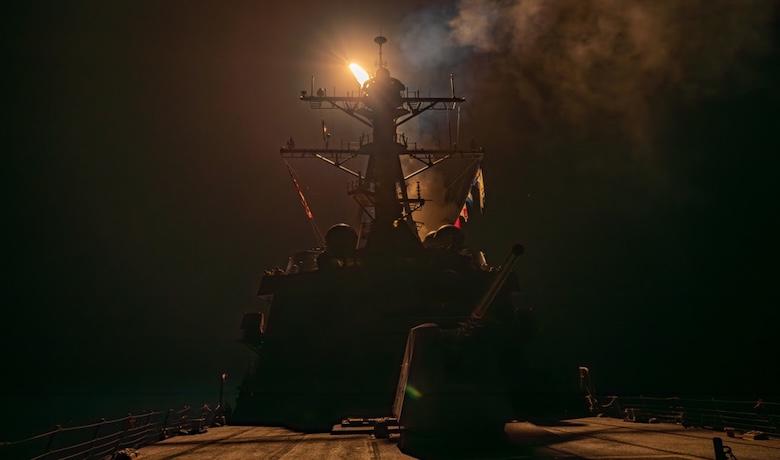In the past three weeks, nine attacks have been launched against ships, compared to six in the preceding three weeks.
Since January 11, when the raids were initiated under US leadership, shipping along the vital Red Sea trade route has decreased by 29%.
This represents a more substantial decrease in activity than the one observed from the onset of Houthi attacks in November until the commencement of the US-led operation.
Alteration of Strategies
Initially, the Houthis claimed they were targeting vessels associated with Israel. However, since air assaults commenced in January, the majority of their targets have been vessels affiliated with owners or operators based in the United Kingdom or the United States.
Twenty-eight vessels have been targeted by the Houthis since the attacks commenced in November. Seven of these have been identified as having connections to Israeli organizations, individuals, or locations.
The process of determining vessel affiliation is not simple, given the difficulty in penetrating multiple tiers of corporate ownership.
Since the air assaults began, five of the nine ships attacked had ties to the United States or the United Kingdom; none had discernible Israeli ties.
Their tactics, in addition to their targets, have evolved.
Their attacks were concentrated in the southernmost portion of the Red Sea in November and December, near the narrow Bab al-Mandab Strait, which forces vessels to sail in close proximity to the Houthi-controlled Yemeni coastline.
They have been striking primarily to the south in the Gulf of Aden in recent weeks.
The Houthis have modified their method of attack as well. At first, a combination of explosive-laden drones and missiles was employed, but in more recent assaults, missiles originating from Yemen have predominated.
The Red Sea is the most efficient route between Asia and Europe for the transportation of commodities and is a vital shipping lane.
However, since the Houthi attacks began, the number of commercial vessels using the route has decreased by fifty percent, according to ship monitoring company Lloyd’s List Intelligence.
Notwithstanding the presence of a military alliance led by the United States and including British naval vessels, which protected commercial shipping in the region.
It appears that the decline was not seasonal, as no comparable pattern of reduction was observed during the same time period last year.
What caused the decline to occur?
Initial reactions from transportation companies to the Galaxy Leader hijacking on November 19 were imperceptible.
However, ship tracking information indicates that this shifted as of December 15, when vessel operators initiated the process of rerouting cargo around Africa. In the weeks that have followed, the number of vessels utilizing the Red Sea has continued to decrease, despite the fact that the alternative route requires considerably more fuel and entails higher crew compensation and insurance premiums.
For instance, since mid-November, the expense to transport a standard 40-foot container from Shanghai to Rotterdam has increased from approximately $1,200 (£940) to nearly $5,000 by the end of January.
The escalation of freight charges will inevitably exert downward pressure on the prices of consumer products, encompassing fuel and food.
Instead of using the Suez Canal, circumnavigating Africa en route from the Middle East to Europe can increase the voyage duration by three weeks and incur additional expenses of more than $2 million, according to price reporting firm Argus Media.





